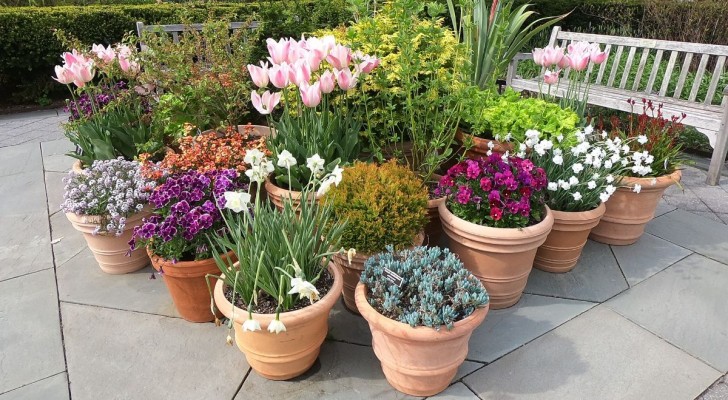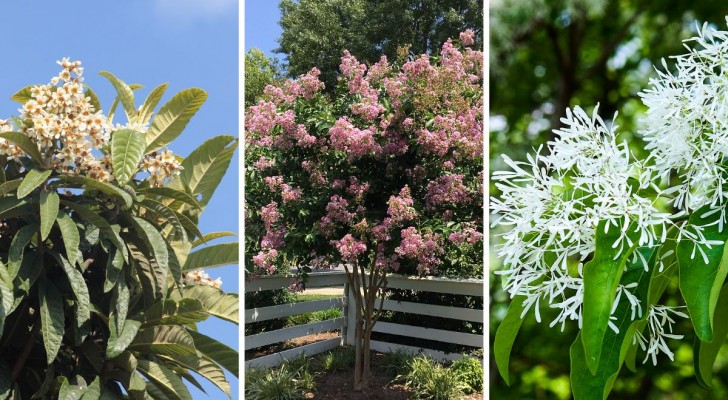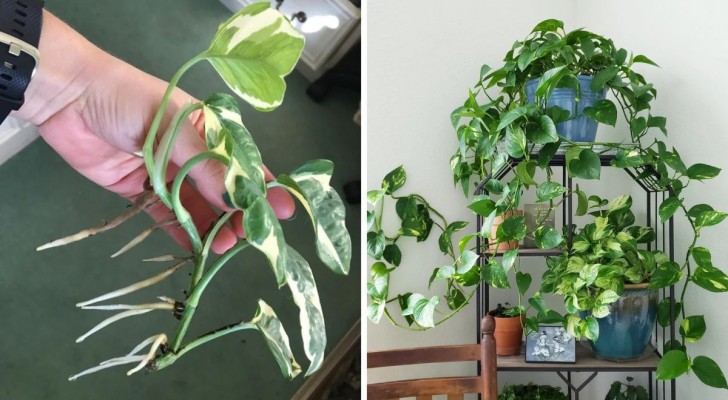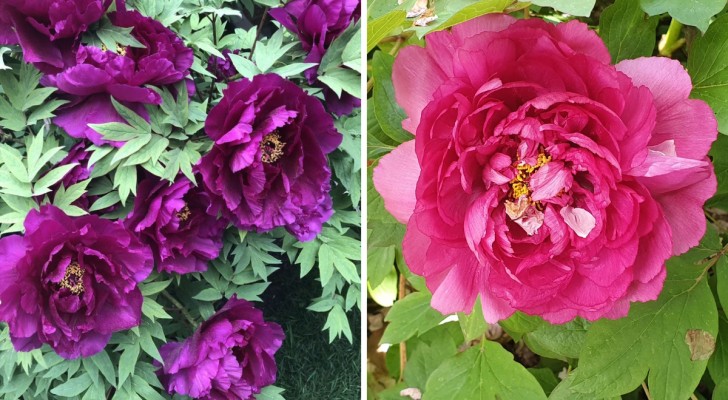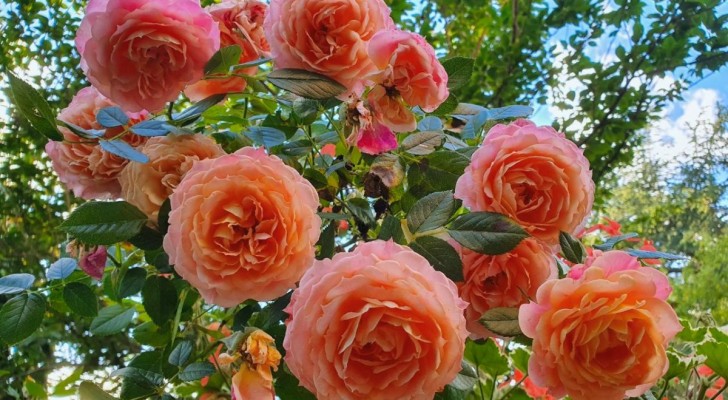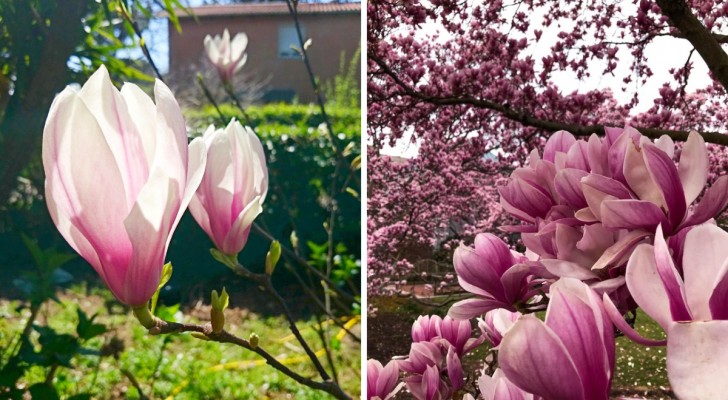Viburnum: tips for caring for this robust, beautiful and easy-to-grow plant
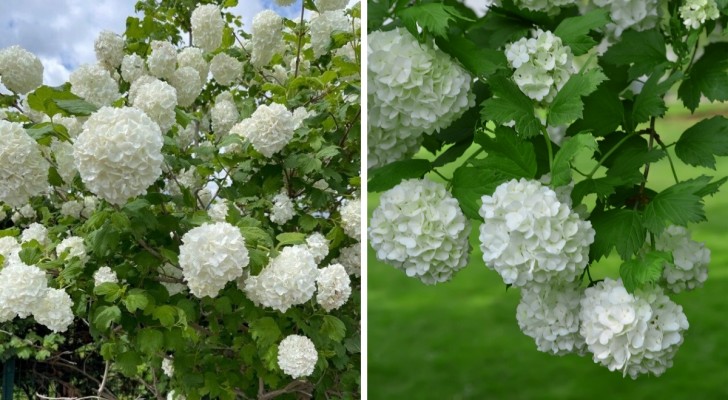
Many gardens have hedges or divides, often made up of rows of trees or shrubs that are suited for this purpose. There are some very famous evergreens that are used in all areas of the world, divided into groups according to the average, local temperatures: there are some suitable for hot climates, others for harsh ones, some with large and glossy leaves, others with thin and so-called scale-like ones. And when the right variety is found, the hedge can also be a wall of flowers - at least, at certain times of the year.
However, there are some plants that are able to adapt to many climates, and, above all, are able to resist the cold. The plants create a green wall which, at the right time, fills up with beautiful flowers. An example of a plant like this is the viburnum (aka viburnum opulus or the cranberry bush). This plant belongs to a family that has over 200 species, some of which are deciduous and others are evergreen, and mostly grow as thick shrubs with branches or as small trees. Viburnum produces white, rounded flowers in spring, and then red berries and colored leaves in autumn, thereby decorating the garden for almost the whole year, even if grown individually and not as a hedge.
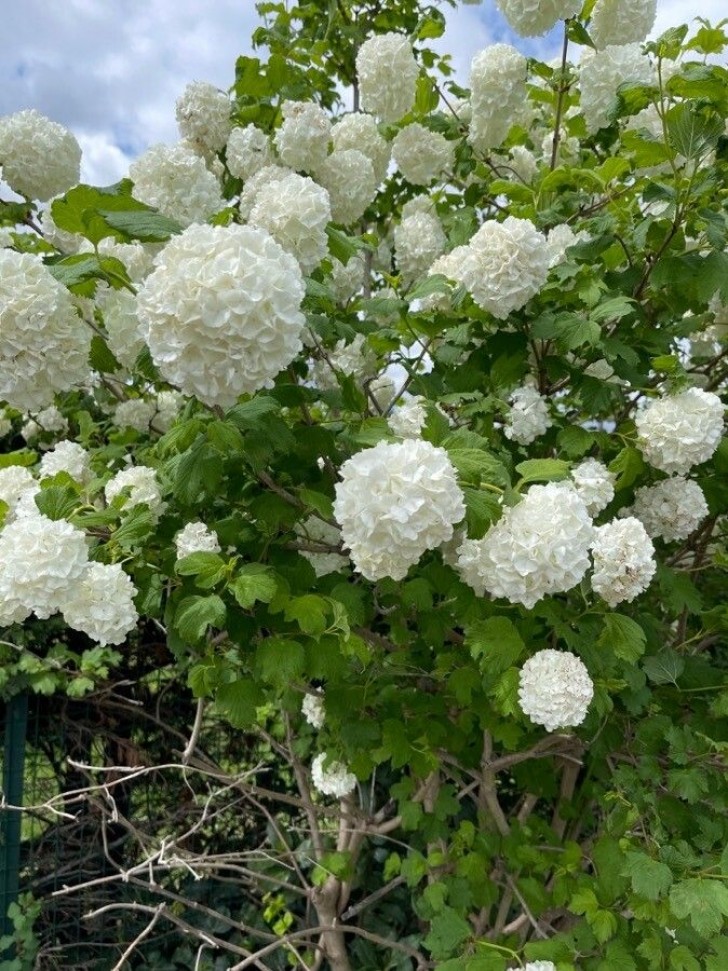
Let's examine some characteristics of this plant:
- Viburnum has a moderate or rapid growth, depending on the variety;
- Initially, the flowers - which appear on the ends of the branches - have an apple-green color which gradually turns to white. When fully ripe, they look like snowballs!
- Depending on the species, they can grow anywhere from 60 cm to several meters in height.
- Some species produce flowers in winter!

- Soil: they adapt to many different soil types, but prefer soil that is rich, moist and slightly acidic.
- Exposure: the best blooms like full sunshine, but there are varieties that prefer shady spots.
- Planting: holes must be dug a couple of times bigger than the size of the block of earth that covers the roots, and each hole must be at least 1/1.5 meters from the next.
- Irrigation: after planting, you will need to water the plant only during warm periods and during the first and perhaps second years of life. If they grow in areas that are protected from the afternoon sun in the summer, the plants become self-reliant almost immediately.
- Pruning: they don't need much pruning, except for the removal of dead branches. When you want to contain growth, however, it is always better to prune the ends of the branches, at the end of the flowering season.
Would you like to have some viburnum plants in your garden?
